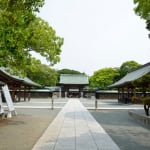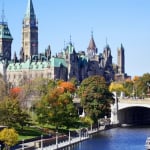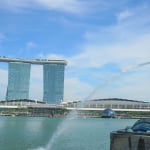Name: Rurikoji Temple
Address: 7-1 Koyamacho, Yamaguchi City, Yamaguchi Prefecture
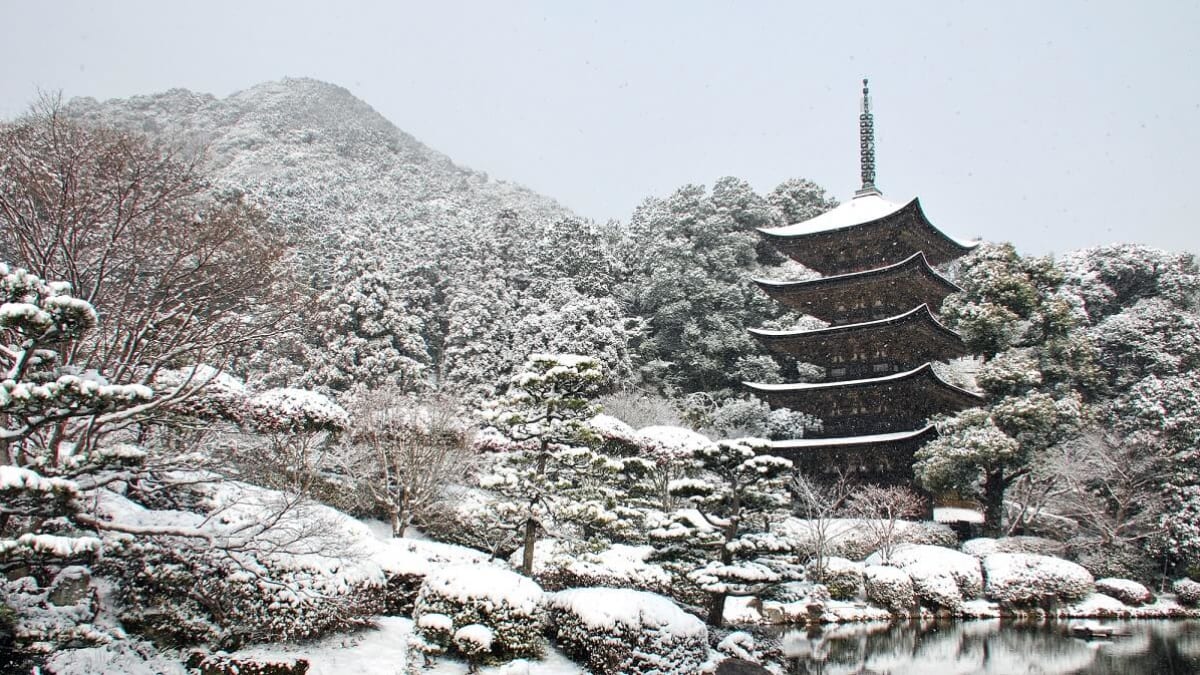
6 recommended attractive tourist spots in Yamaguchi City, known as the “Kyoto of the West”
On December 24, 1552, a Jesuit missionary invited Japanese believers to the priest's residence to celebrate Christmas, marking the beginning of Christmas in Japan, and Yamaguchi is said to be the birthplace of Japanese Christmas. Today, we will introduce recommended tourist spots in Yamaguchi City, often referred to as the "Kyoto of the West."
table of contents
[x] close
6 recommended attractive tourist spots in Yamaguchi City, known as the “Kyoto of the West”
1. Rurikoji Temple
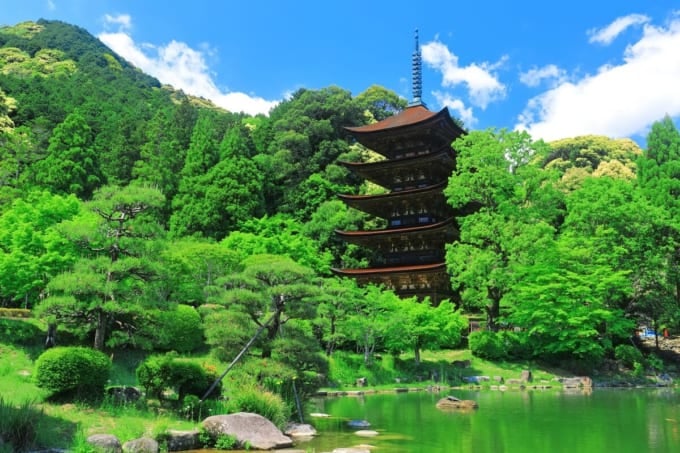
Rurikoji Temple is a Soto Zen temple, with the main deity being Yakushi Nyorai. It houses many temple treasures, including sutras and images, and the grounds are known as Koyama Park, famous for cherry blossoms and plum trees. The temple was founded in 1471 by the wife of Toukoubo, who created it to honor her husband's spirit. Originally called An'yoji, it was renamed Rurikoji in 1492. The Koushakuji Temple that was located here was moved to Hagi in 1604, and it is said that this Rurikoji was relocated from Niho in 1690.
The five-story pagoda of Rurikouji is the 10th oldest among the remaining five-story pagodas in Japan and is considered one of the three most beautiful pagodas in Japan. It is regarded as one of the finest examples of mid-Muromachi period architecture. The pagoda is designated as a national treasure and stands as a symbol of Yamaguchi City, with the backdrop of cherry and maple trees. It is also illuminated at night from sunset until 10 p.m., offering a different view and is one of the highlights. As a must-visit classic tourist spot in Yamaguchi City, be sure to stop by.
2. Yamaguchi Prefectural Museum of Art
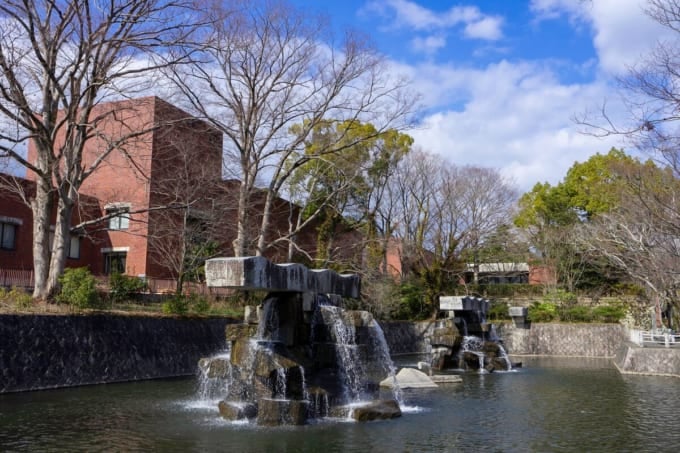
The Yamaguchi Prefectural Art Museum, which opened in 1979, is a "local art museum that showcases the characteristics of Yamaguchi Prefecture" and "an open museum where the public participates." Since its opening, the museum has hosted exhibitions related to local culture from the late Ouchi period and the works of artists connected to Yamaguchi Prefecture, as well as exhibitions featuring art and culture from both Japan and around the world.
The museum is located in the city center, surrounded by a park, providing a calm environment. The interior of the museum is compact, and it is recommended to take a break at the museum café. Permanent exhibitions feature works by Sesshu and Kano Hogai, and special exhibitions have featured Japan's renowned artists, such as Nobuyoshi Araki and Kiyoshi Yamashita.
Additionally, after more than 30 years since its opening, the museum underwent renovation in 2011. The lobby became more open, the exhibition rooms were rearranged, and the museum shop was expanded. The museum also added a lecture room and walking paths, making it easier for visitors to enjoy. There are also several tourist spots nearby, so it is worth visiting them together.
Name: Yamaguchi Prefectural Art Museum
Address: 3-1 Kameyama-cho, Yamaguchi City, Yamaguchi Prefecture
Official Website: https://www.yma-web.jp/
3. Yamaguchi Xavier Memorial Church
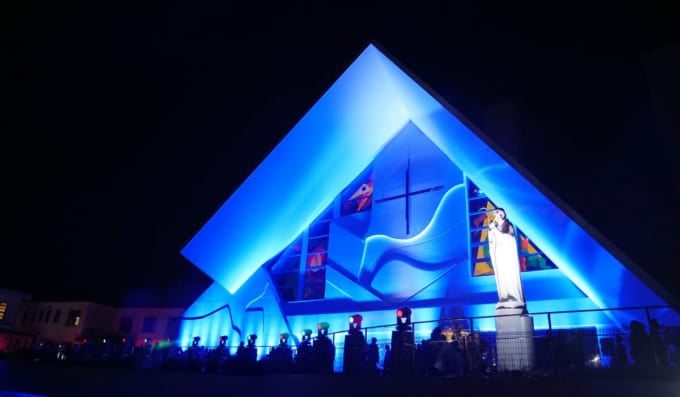
The Yamaguchi Xavier Memorial Church was built in 1952 to commemorate the 400th anniversary of Xavier's arrival in Japan. The first church was modeled after the Xavier Castle in Spain, his birthplace, but it was destroyed in a fire in 1991. The current building, designed by an Italian priest and architect, was completed in 1998. The two tall towers, each over 50 meters in height, stand out in Yamaguchi City, which has few tall buildings and have become landmarks of the city.
The church’s design is striking, with its triangular shape inspired by two towers and a tent, making it a unique design not found in traditional Catholic churches. Inside the chapel, visitors can see many stained-glass windows, and an organ is installed. Every day from 7 a.m. to 9 p.m., the bells of an Italian-made carillon ring every 15 minutes, and the beautiful sound is sure to enchant visitors.
Name: Yamaguchi Xavier Memorial Church
Address: 4-1 Kameyama-cho, Yamaguchi City, Yamaguchi Prefecture
Official Website: http://www.xavier.jp/
4. Chomonkyo Gorge
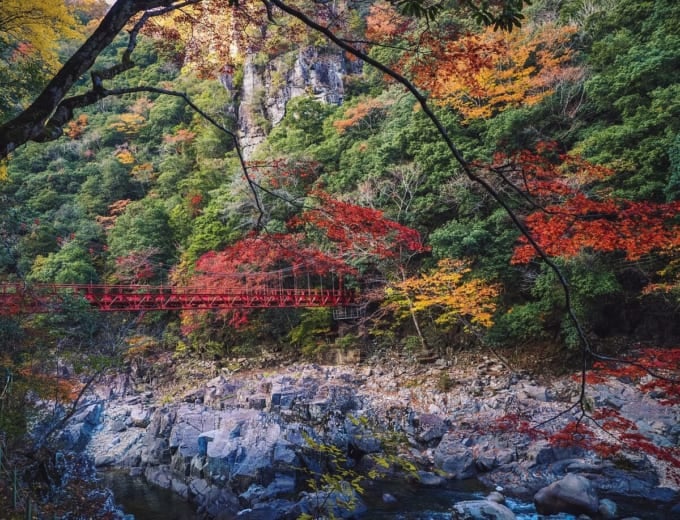
Nagato Gorge (Chomonkyo) is a representative gorge of Yamaguchi, located along the Abu River, spanning from Ato in Yamaguchi City to Kawakami in Hagi City, and it has been designated as a nationally recognized scenic spot. In spring, visitors can enjoy beautiful flowers such as cherry blossoms, wisteria, and magnolias, as well as birdwatching. In summer, the lush greenery makes it a popular spot for summer vacations, especially among young people who enjoy camping.
In autumn, it is known as one of the top spots for autumn leaves in the prefecture, attracting many visitors who come to see the breathtaking red-colored mountains. In winter, you can enjoy picturesque snowy landscapes, and if you’re lucky, you might even see a troop of monkeys playing among the trees. Throughout the year, Nagato Gorge offers a variety of experiences and attracts more than 600,000 tourists annually.
Additionally, there is a 5.5km walking trail designed for tourists, which is also popular for hiking and trekking. There are also restaurants around the entrance to the Ryugu-no-Fuchi that serve dishes made with sweetfish caught in the Abu River, which have become a specialty of the gorge. Be sure to stop by!
Name: Nagato Gorge
Address: Ato, Yamaguchi City, Yamaguchi Prefecture
Official Website: https://www.hagishi.com/search/detail.php?d=1100176
5. Kirara Ajisu Roadside Station
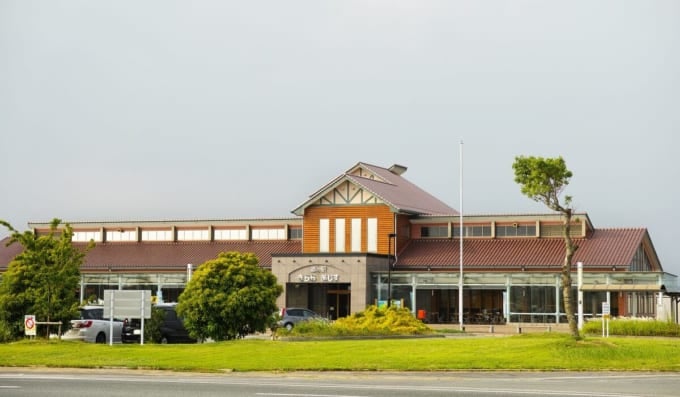
Opened in 2005 as the 18th "Roadside Station" in Yamaguchi Prefecture, Roadside Station Kirara Ajisu offers a variety of local products. Inside the facility, there is a direct sales shop selling fresh local vegetables, seafood from the Seto Inland Sea, and specialties such as pickled vegetables and soy sauce-flavored rice balls. There is also a bakery where you can enjoy freshly made bread, a rice cake workshop, and a restaurant.
This spot is perfect for a quick break or souvenir shopping, where you're sure to find something special. Additionally, the popular Ahisu pumpkin soft-serve ice cream, sold at the snack corner, is a signature item of this location. Be sure to try it when you visit Roadside Station Kirara Ajisu!
Name: Roadside Station Kirara Ajisu
Address: 509-98 Ajisu, Yamaguchi City, Yamaguchi Prefecture
Official Website: https://kiraraajisu.jp/
6. Yuda Onsen
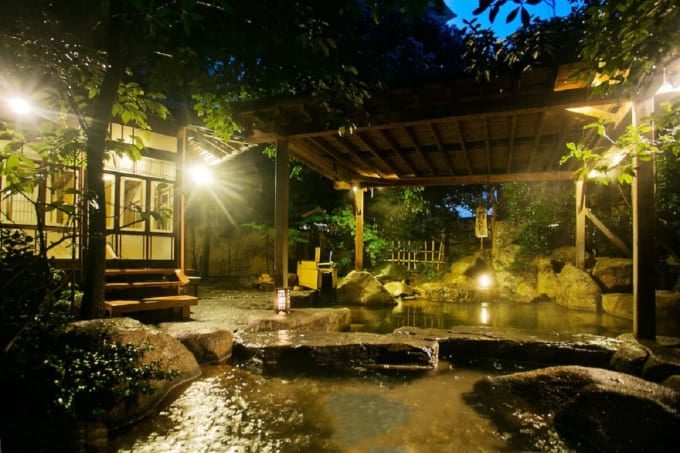
Yuda Onsen, with a history of around 600 years, is one of the most famous hot spring towns along the Sanyo Road, steeped in the legend of a white fox who healed its wounds by soaking in the local hot springs. Approximately 2,000 tons of water flow daily from the spring, and the transparent, weakly alkaline simple spring water is gentle on the skin and renowned for its beautifying effects.
The area around the hot spring town is filled with business hotels and ryokan, with many restaurants offering local delicacies. Yuda Onsen is easily accessible, about 20 minutes by car from JR Shin-Yamaguchi Station on the Sanyo Shinkansen and about 40 minutes from Yamaguchi Ube Airport. Major tourist spots in the prefecture are also about an hour’s drive away, making it a very convenient place to stay.
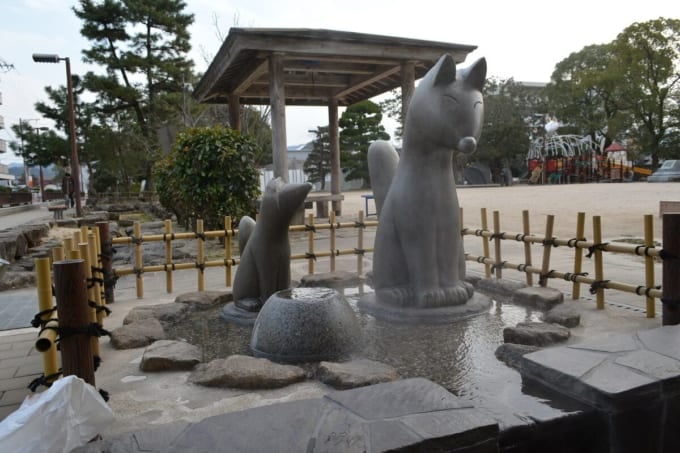
In the hot spring town, you can find the mascot character "Yuta," the white fox, on manhole covers and other objects, so be sure to look for him! Recently, Yuda Onsen has been focusing on foot baths, with five locations installed in parks and other areas in the town. They are easy to use and provide a refreshing experience, so be sure to take advantage of them!
Name: Yuda Onsen
Address: Yamaguchi City, Yamaguchi Prefecture
Official Website: https://yudaonsen.com/
◎ Summary of recommended tourist spots in Yamaguchi City
We introduced the charming Yamaguchi City, known as the "Kyoto of the West." Were there any spots that caught your interest? Unlike the bustling atmosphere of large cities like Kyoto, which is filled with both domestic and international tourists, Yamaguchi offers a more relaxed environment where you can enjoy architecture, nature, and more. Be sure to make the most of your visit to Yamaguchi City by exploring its attractions, nature, and delicious food!
RELATED ARTICLES
REGIONS
CATEGORIES
FEATURED ON Guide
-
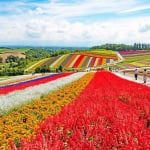
Where will you go for the summer vacation? Introducing recommended spots for domestic travel
-
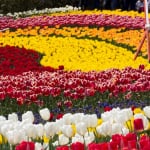
Kaizu City’s Recommended 7 Tourist Spots. Enjoy the Culture and History Nurtured by Wajū!
-
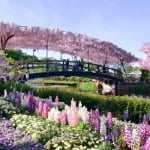
What Makes Ashikaga Flower Park So Special? A Treasure Trove of Photo-Worthy Spots!
-
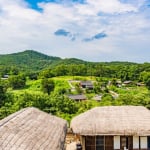
600 Years of Radiant Tradition: Korea’s Historic Villages of Hahoe and Yangdong
-
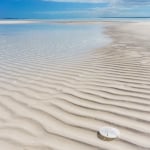
Two-Colored Seas and a Pink Beach! 4 Must-Visit Spots in North Eleuthera
MOST POPULAR ON Guide
-
 1
1Doha: Must-see Attractions in the Capital of Qatar
-
 2
2Toronto: 10 Things to do in this Picturesque Canadian City
-
 3
3Amarillo: A City Famous for It’s Amazing Canyons, Great History and Music
-
 4
4South Korea: Dazzling Scenery, Rich Culture and Fascinating History
-
 5
5Kuwait: A Country in Middle East Asia Famous for Hot Sand Dunes and Stunning Cityscape

